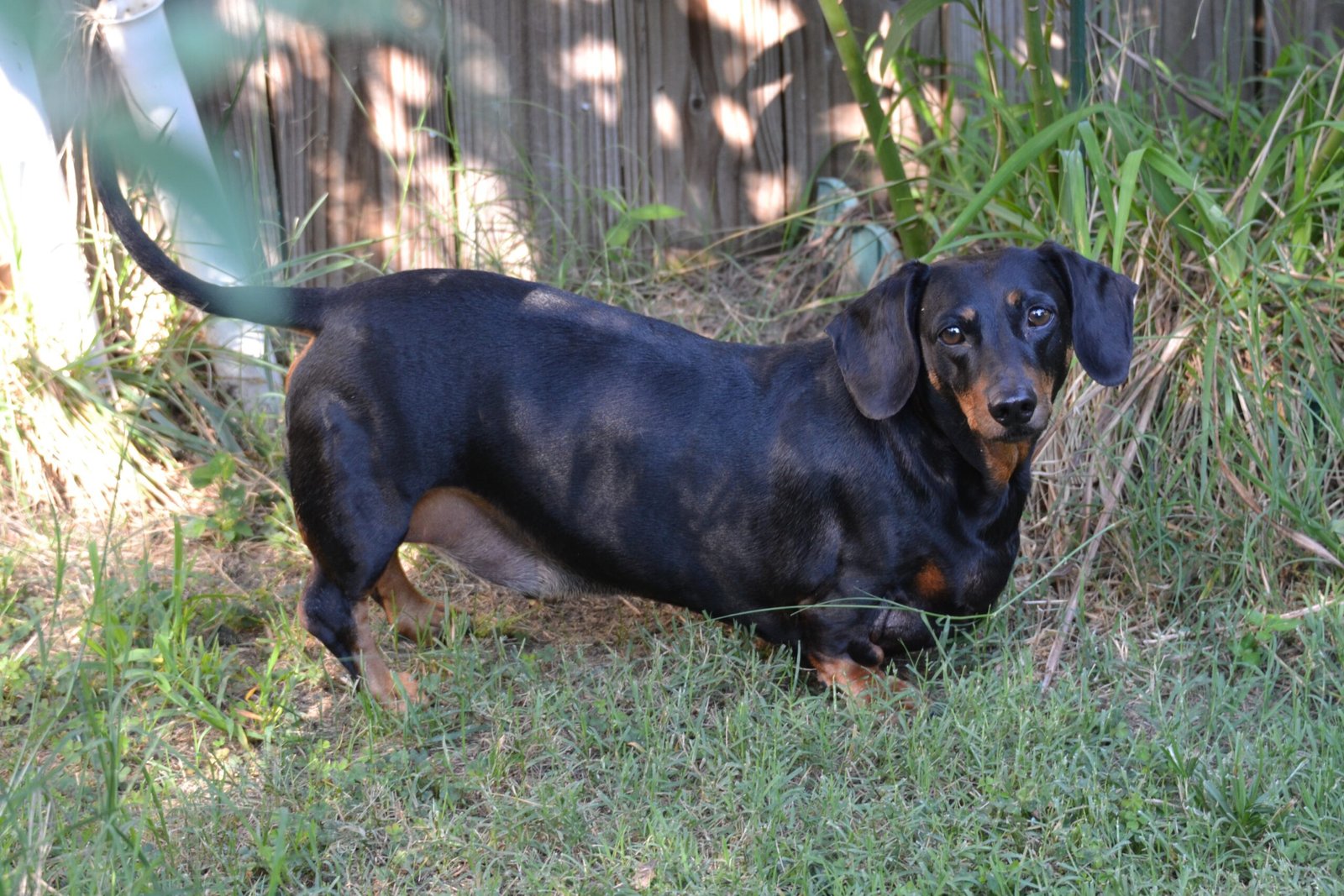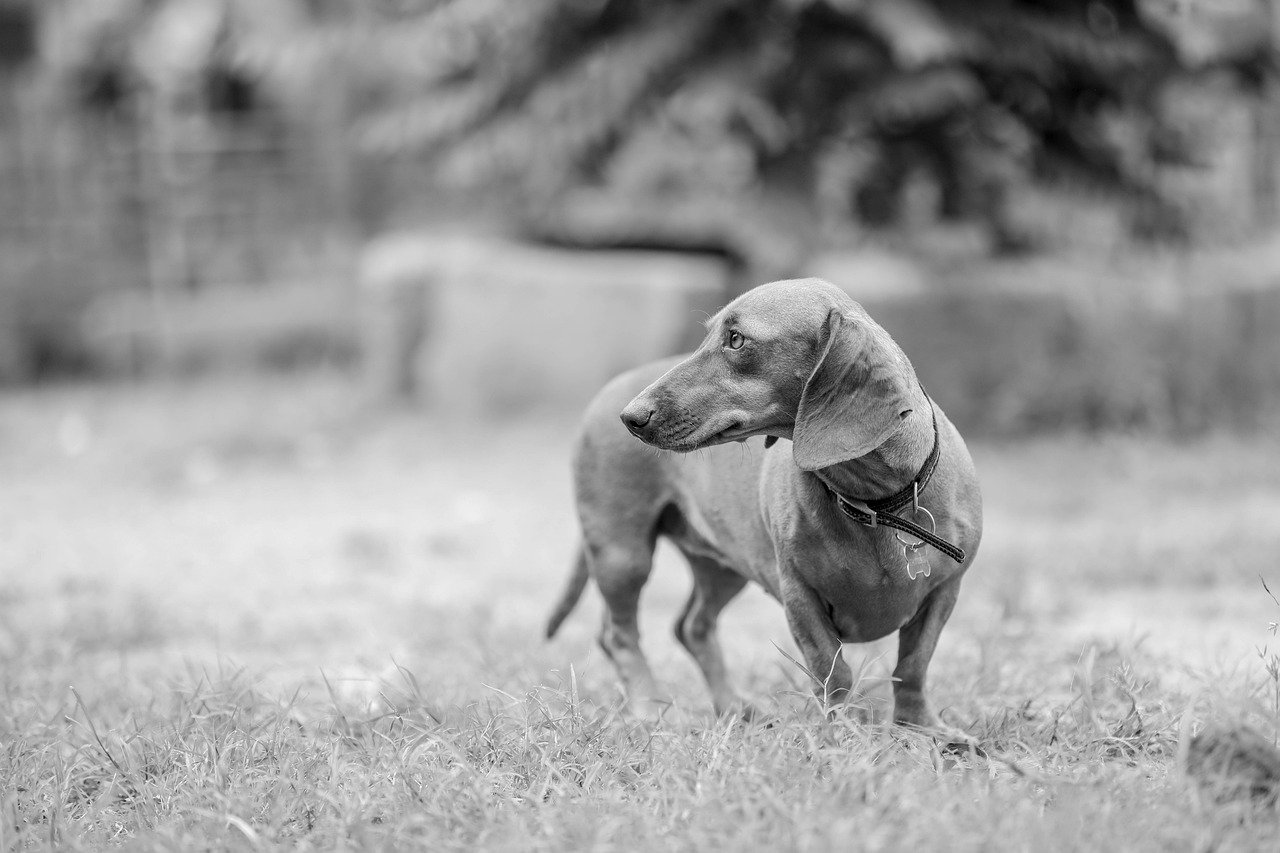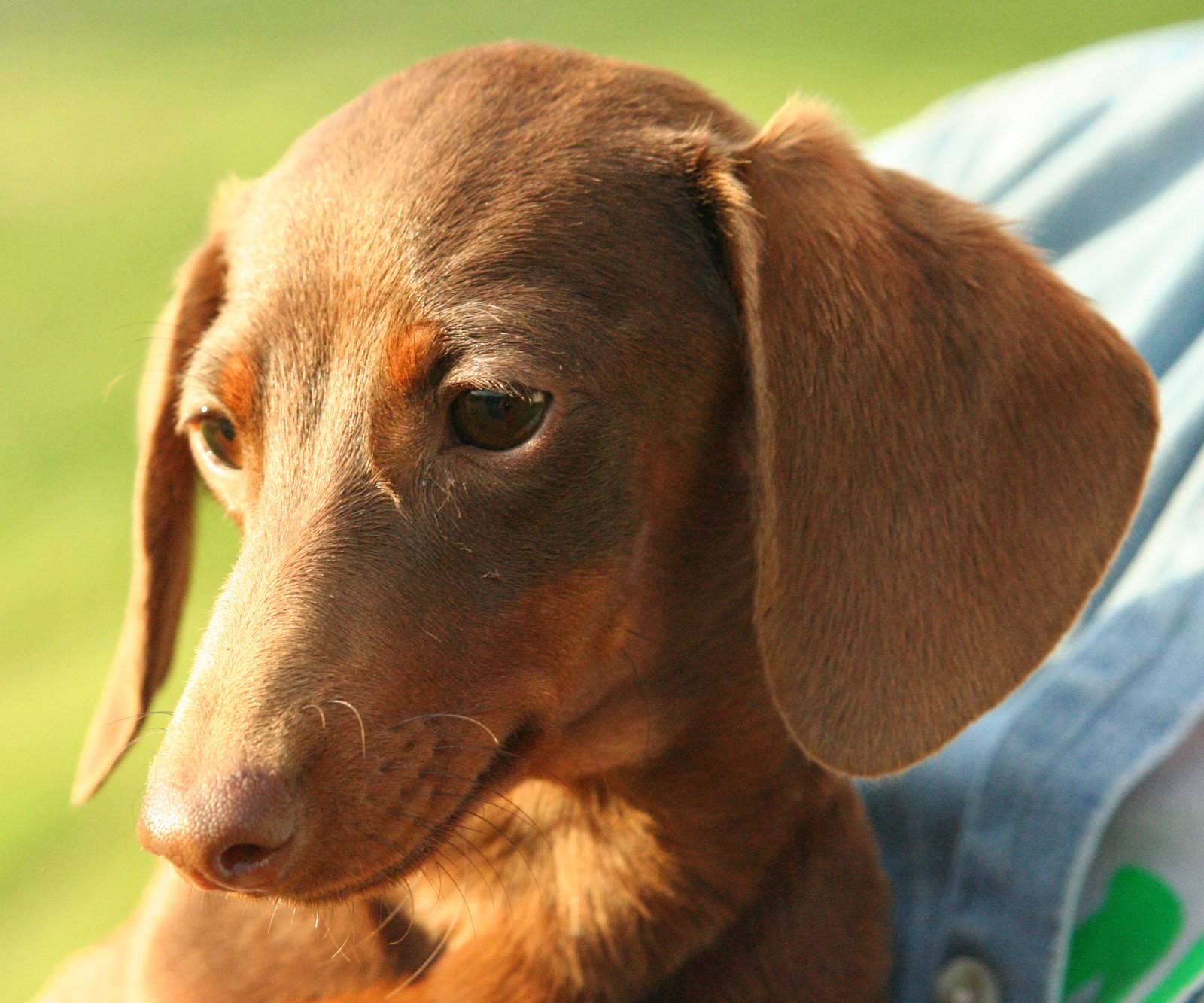Have you ever seen a Dachshund dash across the park, tail wagging, joy sparkling in their eyes? It’s a heartwarming sight, but beneath that playful exterior lies a unique challenge—those adorable long backs make Dachshunds especially vulnerable to spinal issues. For every Dachshund owner, the fear of back problems can feel like a storm cloud looming over every leap, twist, and tumble. But here’s the good news: with a little knowledge and some loving care, you can help your Dachshund enjoy a long, happy, and healthy life. Ready to discover how to protect your little sausage dog’s precious back? Let’s dive into practical steps that will make a world of difference for your furry friend.
Understanding the Dachshund’s Unique Anatomy

With their charming personalities and unmistakable long bodies, Dachshunds win hearts everywhere they go. But that iconic shape also comes with a unique challenge: a higher risk of back problems, especially as they age. From intervertebral disc disease (IVDD) to general spinal strain, keeping your Dachshund’s back healthy is one of the most important things you can do to ensure they live a comfortable, joyful life.
Dachshunds are instantly recognizable thanks to their long, low bodies and short legs. This unique shape isn’t just cute—it’s a result of generations of breeding for hunting burrowing animals. However, that elongated spine comes with a price: it puts extra strain on their backbone, making them prone to Intervertebral Disc Disease (IVDD). In fact, Dachshunds are one of the breeds most likely to experience back problems. Knowing this is the first step in providing the right kind of support. Think of your Dachshund as a delicate bridge—beautiful, but in need of extra care to avoid cracks under pressure. Understanding this anatomy helps you make better choices about daily routines and activities.
Maintaining a Healthy Weight
Keeping your Dachshund at a healthy weight is absolutely crucial for back health. Every extra pound acts like a heavy backpack, piling on pressure that the spine just isn’t built to bear. Chubby Dachshunds may look cute, but the risk to their backs is serious. Regularly monitor your dog’s body condition—look for a visible waist and easily felt ribs. Don’t be tempted by those pleading eyes; stick to portion recommendations and choose high-quality, balanced food. Treats should be rare rewards, not daily habits. By managing their weight, you’re not just helping their back—you’re giving your pup the best chance at a long, joyful life.
Choosing the Right Exercise

Dachshunds are lively and playful, but not every activity is safe for their backs. Avoid high-impact games that involve jumping or sudden twisting, like fetch on hard surfaces or frisbee. Instead, opt for gentle walks and controlled play sessions on soft grass. Swimming is another excellent option—it’s low-impact but great for building muscle strength. Try breaking exercise into shorter sessions throughout the day rather than one long, tiring outing. Regular, moderate activity helps maintain muscle tone, which acts as natural support for the spine and reduces the risk of injury. Think of it as keeping the “bridge” strong with sturdy cables.
Creating a Safe Home Environment
Your home can be a playground—or a danger zone—for your Dachshund’s back. Stairs, slippery floors, and high furniture are hidden hazards. Consider blocking off stairs with gates and placing rugs or non-slip mats in areas with slick surfaces. If your Dachshund loves to cuddle on the couch or bed, provide ramps or sturdy steps to help them climb up and down safely. Jumping off furniture can lead to sudden, severe spinal injuries. Make your home a safe haven, where your Dachshund can move freely without risk. A little prevention today can spare you and your dog heartbreak tomorrow.
Proper Handling and Lifting Techniques

Picking up a Dachshund isn’t as simple as scooping up any small dog. Always support both the chest and the rear end, keeping the back straight and level. Never let their back arch or dangle. This technique prevents sudden pressure on the spine, especially important if your dog is wriggly or excited. Teach children and guests the right way to hold your Dachshund too, so everyone is on the same page. If you need to move your dog up or down from high places, always use two hands and avoid sudden movements. Safe handling is a simple habit that makes a big difference.
Investing in Supportive Gear
There are lots of helpful products designed specifically to protect Dachshund backs. Orthopedic beds with firm, supportive surfaces give their spine a break during rest. Harnesses are a must—avoid collars that put pressure on the neck and spine. Look for harnesses made for long-bodied dogs, with padding and an ergonomic fit. Carriers and slings can be useful if your Dachshund needs to be carried for longer distances, especially after surgery or injury. Even car seats with side support can provide extra safety during travel. Investing in the right gear shows your commitment to your dog’s long-term well-being.
Recognizing the Warning Signs of Back Problems

Catching back issues early can save your Dachshund from pain and even paralysis. Watch carefully for subtle changes in behavior or movement. Signs like reluctance to climb stairs, a hunched back, trembling, or yelping when touched may indicate trouble. Difficulty walking, dragging rear legs, or sudden loss of bladder control are emergency signs—don’t wait, get to the vet immediately. Trust your gut: you know your dog best. Early intervention can make all the difference between a full recovery and a lifetime of limitations. Stay alert and act quickly if something seems off.
Partnering with Your Veterinarian
Regular check-ups with a knowledgeable vet are essential for Dachshund owners. Your vet can monitor your dog’s spine, assess muscle tone, and spot early signs of trouble. Don’t hesitate to ask about back health at every visit. Discuss preventative options like supplements, physical therapy, or tailored exercise plans. If your Dachshund is diagnosed with IVDD or another condition, your vet can guide you through treatment options, from medication to surgery. Building a strong relationship with your vet means you have an expert in your corner at all times, ready to help you give your dog the best care possible.
Exploring Physical Therapy and Alternative Treatments
Physical therapy isn’t just for humans—many Dachshunds thrive with professional rehab. Therapists use gentle exercises, massage, and special equipment to strengthen muscles and improve flexibility. Hydrotherapy (underwater treadmill or swimming) can be especially helpful, allowing movement without stress on the joints. Some owners also explore acupuncture, laser therapy, or chiropractic care. While results vary, many dogs show real improvement with these treatments. Always consult your vet before starting any new therapy. A tailored rehab plan can help your Dachshund recover from injury or simply stay in peak shape.
Building a Supportive Community

Caring for a Dachshund with a sensitive back can feel overwhelming, but you’re not alone. Connecting with other Dachshund lovers—whether in person or online—opens up a world of shared experiences and advice. Support groups, breed clubs, and social media communities are full of people who understand your joys and worries. They can recommend trusted vets, share success stories, or just lend a sympathetic ear when you need it most. By building a network, you gain not just knowledge, but friendship and encouragement. After all, the journey is always easier when you walk it together.

Born and bred in South Africa, a Capetonian at heart. Amy-Leigh’s love for nature and animals was inherited from her Dad. He loves taking the family on road trips to experience nature at its finest; Amy-Leigh’s favourite being whale watching in Hermanus and spotting Kudu along the West Coast. Amy-Leigh holds a BA in English Literature and Communication Studies.






